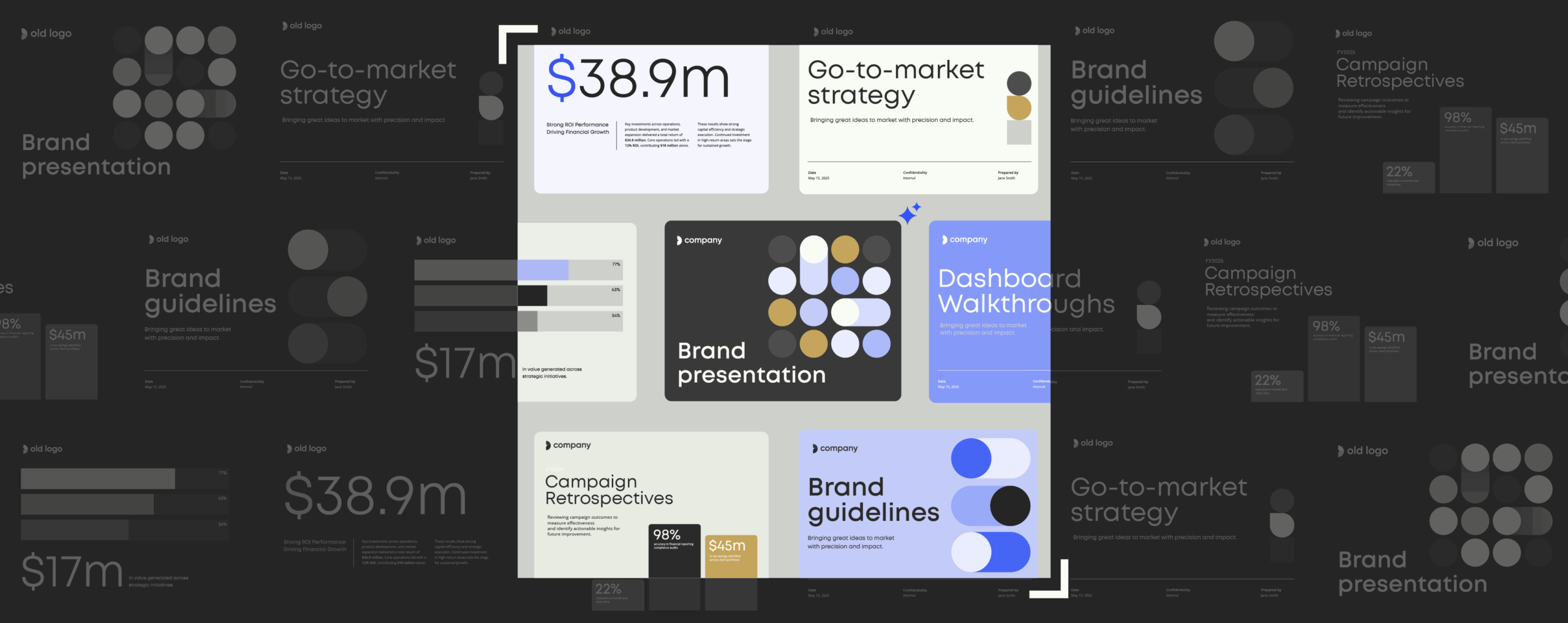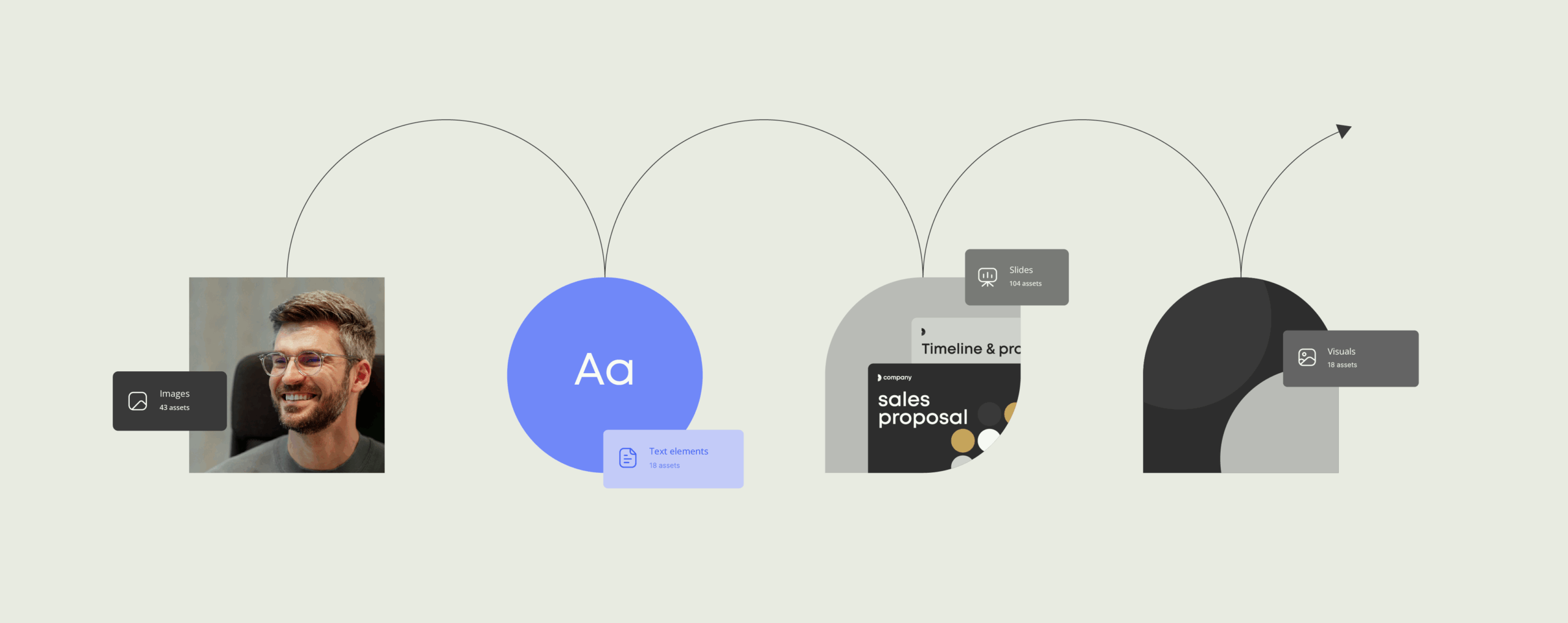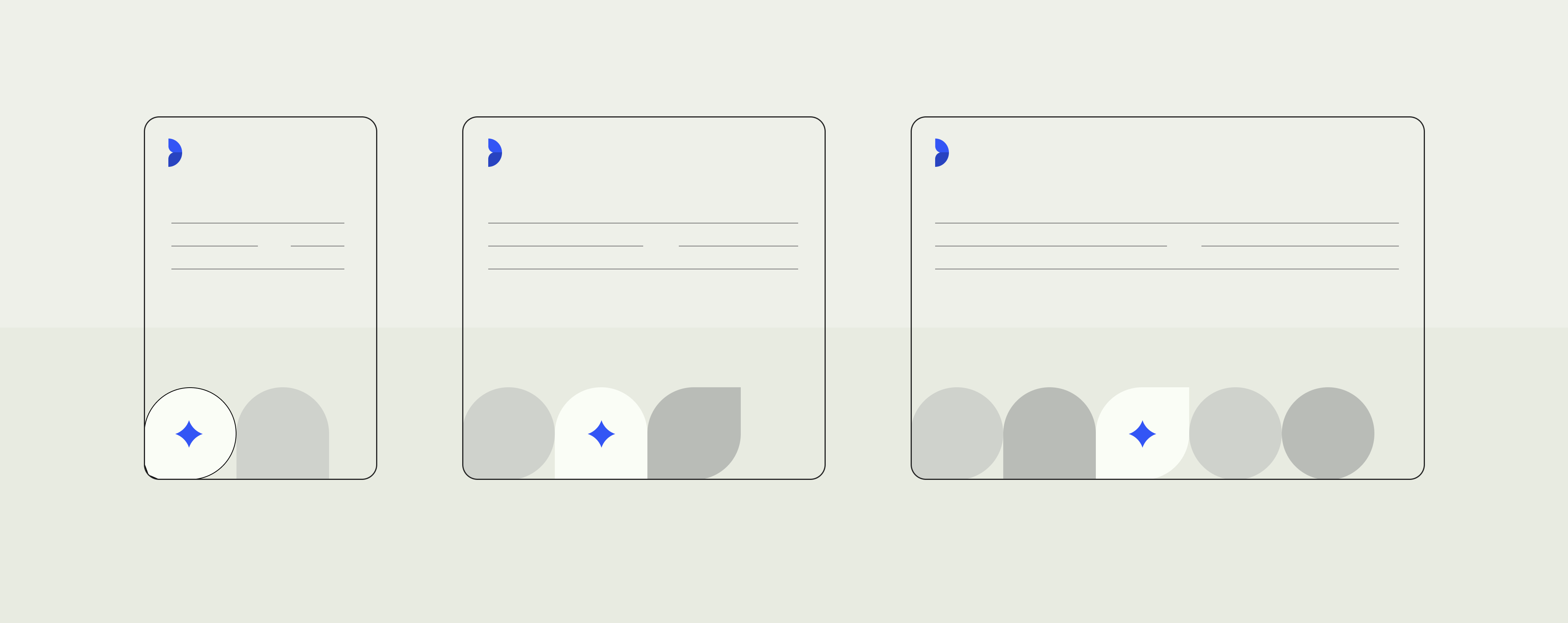Branding trends: what to expect in 2021
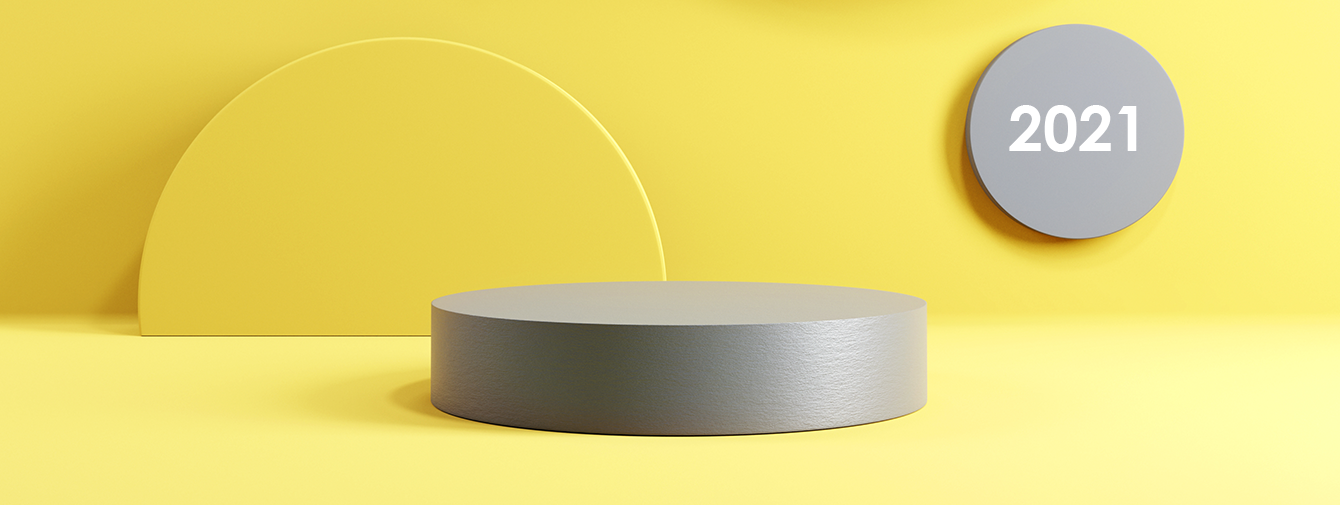
2021 is here – after a year that has shaken the world and bought the unexpected.
Although 2020 has shown us that we never truly know what a new year will bring, we can still have some predictions about what this year will look like in certain areas of specialty. And one of these areas is branding.
Like all things, branding does not operate in a vacuum. Successful branding is flexible and aware of the global marketplace in which it acts. As a result, the trends that we expect to see in 2021 are mostly responses to global events and themes that have occurred in 2020.
Some of the trends that we have seen in recent years are set to continue through 2021, such as minimalism, mobile-first design, and simple sans serif typography. Alongside this though, there are some important new brand trends expected in the coming year, and this post will highlight the most interesting ones.
Overall, the key difference for branding in 2021 is that the face behind a brand is starting to count more. In a year that has proven difficult for the vast majority, as a result of both personal reasons and social community issues, brands need to show what they stand for and support to ensure continued success.
Make staying on-brand easier than going off-brand
summary
Branding trends for 2021
The 2021 brand trends promote accessibility and social values. Find out more about the top branding trends, including:
- Color palettes will be revamped for 2021.
- Geometric patterns will aid consistency.
- Designs are tailored for dark mode.
- Accessibility becomes vital for user interfaces.
- Social responsibility is a distinguishing factor.
Top branding trends for 2021
1. Color palettes will be revamped for the new year
In a reaction to a difficult year, for the second time in recent years, Pantone has settled on not just one but two colors of the year for 2021. Their choices are the neutral ‘Ultimate Grey’, and the vibrant yellow ‘Illuminating’. The choice of them both together is deliberate, expressing the theme of solidarity through the unified pair.
As Laurie Pressman, Pantone’s VP explained: “It’s a combination that speaks to the resilience, the optimism and hope that we need as we reset, renew, reimagine and reinvent.”
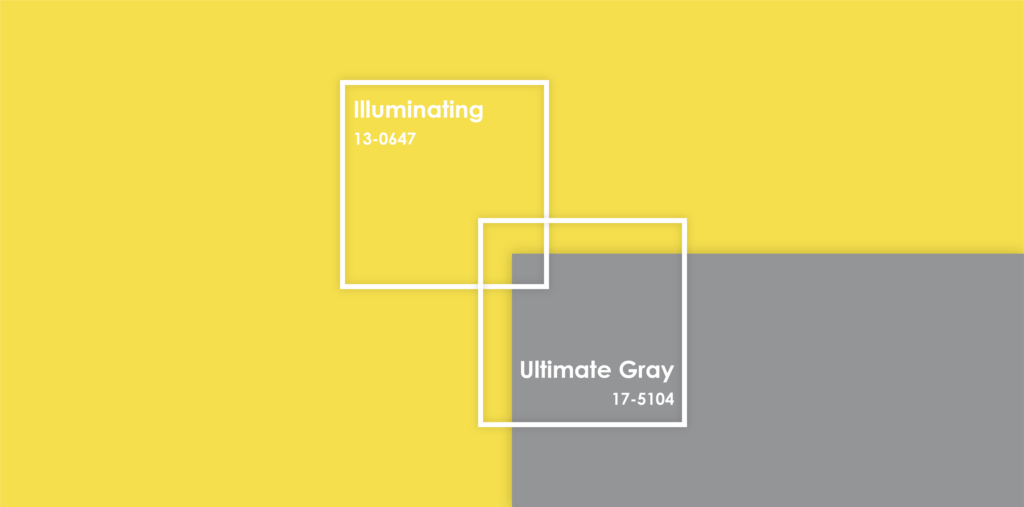
Although the Pantone color of the year reflects design trends combined with the mood of the current era, it may less directly impact branding. With regards to more specific branding color changes, the focus is expected to be upon meaningful and intense colors that truly express what a brand stands for. These are predicted to be muted in tone – both as a change from the neon colors that have been popular in previous years, but also as an attempt to promote a more natural and safe feeling in response to the chaos of 2020.
Overall, the color choices show consumers are looking for safety, hope, and solidarity, and this is a theme that continues in the other branding trends which will be found throughout the coming year.
2. Geometric patterns will aid consistency and show imagination
Continuing on a design theme, branding experts predict that geometric patterns are going to rise throughout 2021. There are several interpretations for why this trend has come in, ranging from how geometrics help to establish consistency across all content to help give brands a minimalist feeling.

Another suggested reason for this trend regards how geometric patterns allow logos to stand out better and provide an uplift to images and logos without distracting from them or changing them. Regardless of the reason for its recent rise, the ability of geometrics to use simple shapes to create and emphasize more complicated concepts in an imaginative manner is an impactful design choice.
With a continuation of content being increasingly accessed and used online, geometric designs are coming into the forefront, for example, with the increase of elements such as infographics and data visualizations. And, as with the Pantone color choices, geometric designs are a great way of depicting the interrelation of different elements while still keeping the style simple and minimalistic.
3. Designs need to be tailored for dark mode
It’s no surprise to any of us that people are spending increased amounts of time on electronic devices. As many of us have been working from home for significant amounts of 2020, devices such as laptops, iPads, and TVs have seen a huge increase in use. And it’s probably one of the reasons why an important trend for web design in 2021 is dark mode.
A significant benefit of dark mode is that it reduces eye strain, causing fewer difficulties due to glare and blue light exposure. In a time of increased device usage, it makes sense that this mode has taken off. And that’s before we discuss the other benefits, such as the contrast and impact on design elements which offer a whole new world of design possibilities, and the very practical element of longer battery life.
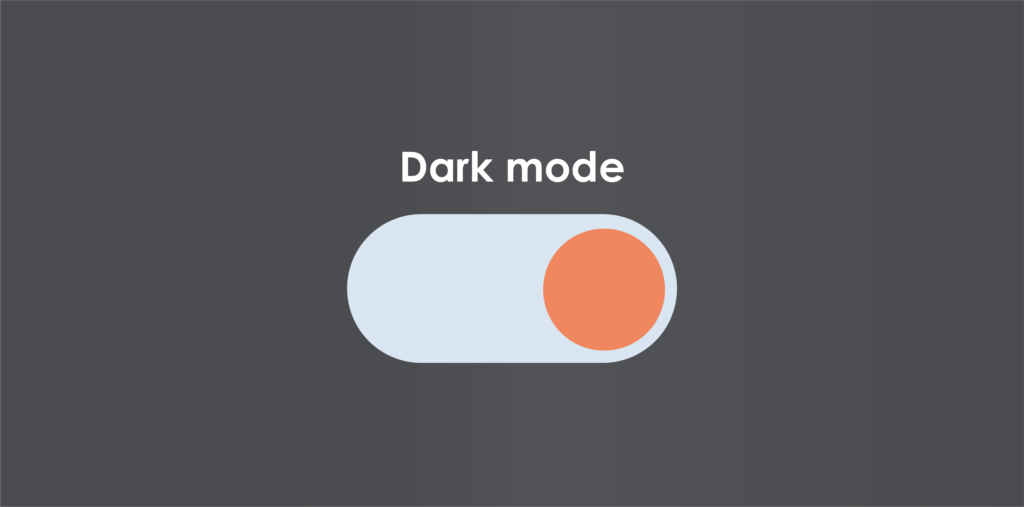
Some websites have already started offering the option to toggle pages in dark mode and light mode, and this trend will likely continue. Professionals working with web design will need to be aware of this UX design trend for 2021 and use it to their advantage to emphasize other design elements that are being used. With more users than ever choosing dark mode to view pages and apps, not accounting for this can leave you behind design-wise, and even if it’s not something you’re personally into, it’s worth checking that all your pages and tools work as well as possible in dark mode.
4. Accessibility is vital for user interfaces
Closely linked to the trend for dark mode in 2021 is the brand trend for a focus on accessibility more than ever before. Potentially linked to the need for AODA compliance as just one of the latest examples of accessibility requirements, there’s been a rising trend to ensure online content is accessible for the majority of the global population. With 15% of the world’s population having a disability of some sort, it’s a trend that’s come not a moment too soon and has an impact on brand design for the future.
Examples of how this may look for brands include ensuring the fonts chosen for a website are clear and appropriate weights and lengths to guarantee maximum understanding, ensuring any scaling of a website can be handled by the content, adapting the content so it is appropriate for screen readers, creating alt text descriptions for all images, and providing accessibility controls that allow access to all parts of your site or app. However, you design, be sure that you take into consideration those with disabilities and how they will be able to interact with your content.
5. Social responsibility will continue to be a distinguishing factor
Finally, but arguably most importantly, an important brand trend for 2021 is social responsibility. While brand values have always underpinned brand actions and often contained social responsibility of some form, consumers are now caring about them more and more. Particularly in the wake of a tumultuous 2020, with social justice issues such as Black Lives Matter taking the forefront, consumers are more concerned about who they are buying from and where their social responsibility lies.
Authenticity is a vital part of this as well – it is not sufficient for a brand to merely state on their website what they stand for; there needs to be evidence for their continued actions that align with this. Consider how Walmart has committed to zero carbon emissions by 2040, TOMS donates one pair of shoes for every pair they sell, and Ben and Jerry’s publicly call out white supremacy and police brutality. Brands can no longer simply say what they support; instead, they need to show that they are acting.
In 2019, 90% of those surveyed stated that authenticity is important to branding, and this has only increased since then. People buy from the brands that they agree with and those that they see as acting for social responsibility in an authentic manner. As the variety of products available is high for almost everything purchased, social responsibility and authentic action are what will sway consumer’s reactions to your brand in 2021. Incorporating your social responsibility and authentic action into as much of your brand as possible – from brand values to actions, social media, and design will matter more than ever for branding in the coming year.
Protect your brand
The last mile in brand management
To conclude: brands need to show what they stand for in 2021
As the above trends clearly show, the brand trends for 2021 show changing times. It’s no longer enough for a brand to have a strong story, vision, and design. Brands need to instead show they understand the world they’re operating in, from showing unity and solidarity in design choices to ensuring user interfaces are accessible and easy to use for as many people as possible and showing social responsibility and authenticity through brand actions. 2021 might look like an unknown future to us now, and that calls for a need for branding that is stronger, more powerful, and more socially aligned than ever before.

